Our Approach
We travel the world to find inspiring organizations who are providing long-lasting water and sanitation services, and then we fund their most successful programs. Our goal isn't just to get water flowing, but to make sure it flows for many years.
Planning
Choosing a Location
Our partners select water point locations based on geography and assessments of need. They also consider the potential for building strong relationships with local stakeholders, risk of overlap with the work of other organizations and availability of spare parts and repair services. Additionally, a community's willingness to participate is important, since strong programs require buy-in and participation to sustain water points over time.
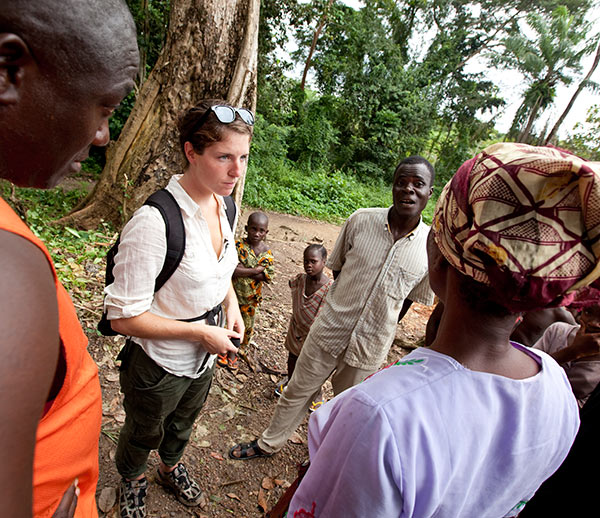
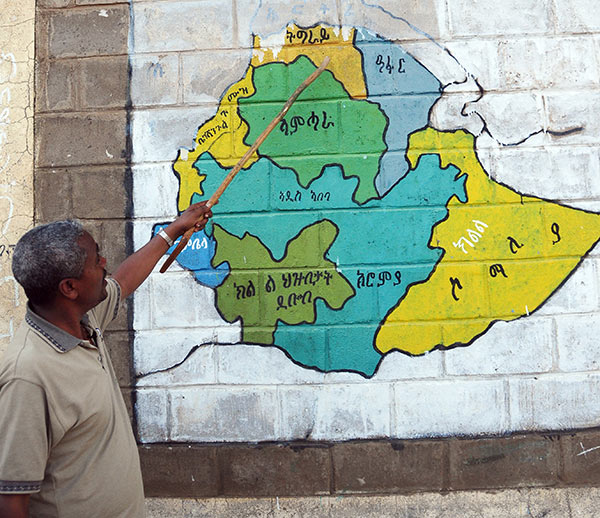
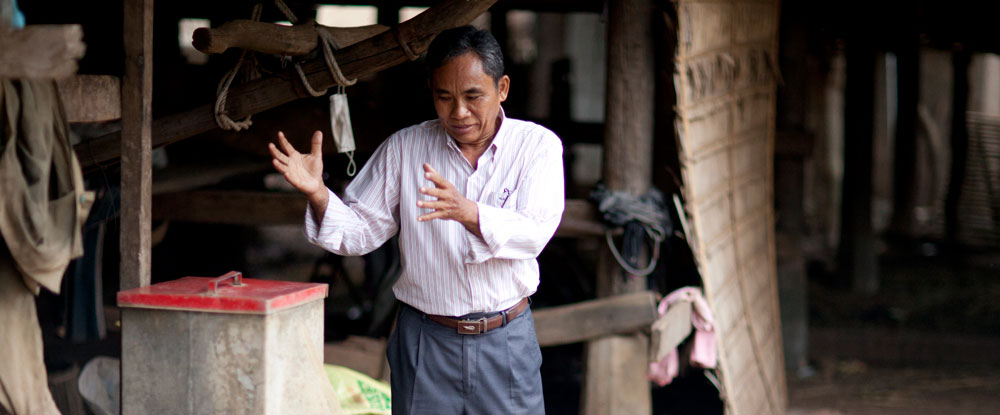
Finding the Right Technology
Context drives which water technology is appropriate for an area. Physical factors (such as terrain) play a major part, but so do cultural factors (like a community’s comfort level with the technology design). We also need to make sure that spare parts can be purchased locally.
Selecting a Partner
We select partners based on how well they support our mission to provide sustainable, safe drinking water. We assess the quality of their water, sanitation and hygiene programs, as well as things like water hardware and indicators of sustainability. In order to ensure that funds are used responsibly, we also look at their operational capacity and fiduciary responsibility. Every new or potential partner is subject to this vetting process. Meet our partners
Implementation
Establishing Best Practices
There are many ways to deliver water, sanitation and hygiene services in developing countries. We work with sector experts to know which approaches are most effective so we can continue to ensure that our programs utilize best practices in the field.
Determining Project Costs
There’s more to a project than cement, pipes and pumps. Costs include salaries for engineers, community organizing and training mechanics. Field teams need a home base, so we often help cover partners’ local office expenses and support staff like accountants and managers.
Following Timelines
It can take weeks to transport materials over rough terrain or lay several kilometers of piping. Our teams spend months establishing community buy-in, promoting safe hygiene practices and building water committee capacity to manage projects. The entire process takes about 21 months.
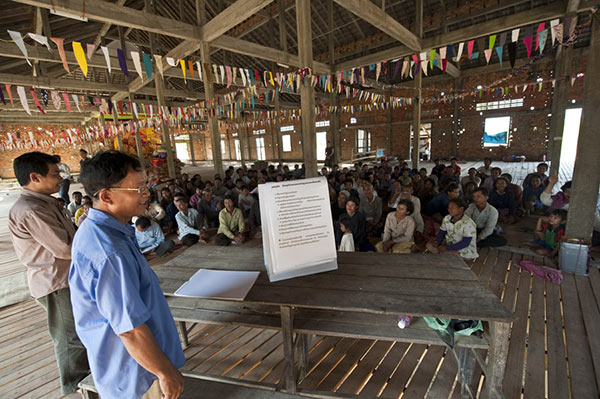
Working with Local Governments
Local government plays a major part in keeping water flowing. Our partners engage with community, district and regional leaders to plan out the projects that we’re going to fund. This strengthens local ownership and can help build local capacity to maintain projects for years to come.
Maintenance
Ensuring Sustainability
Each of our projects has a plan in place so that local stakeholders can make sure that water flows long after installation. We invest in forming strong water committees, partnering with local government, and training mechanics to perform repairs.
Monitoring & Evaluating
Understanding when projects aren’t functioning helps us learn how to make them more successful. Our Programs team ensures that all of our projects are carefully monitored during and after implementation. We frequently check up on our work in the field and we bring in external evaluators to independently assess projects. We also monitor our partners’ financial management through direct work with our Program Finance team and by having them conduct in-country audits.
Proving It
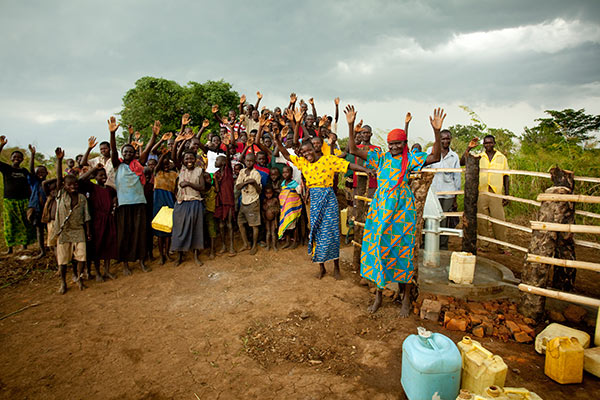
Proving It
In the end, we map every completed project on our website using Google Maps so supporters can see exactly where we work, the types of projects we fund in each area and the number of people being helped.
Take a look at our completed projects